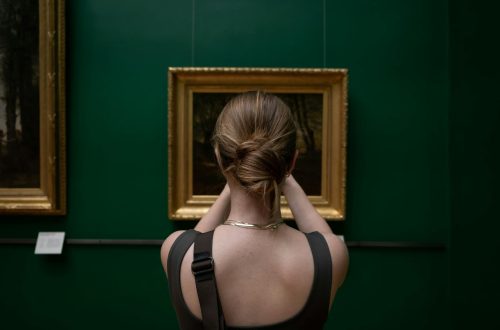Sphinx Portraits: Unveiling Egypt’s Iconic Guardian
Egypt is a land rich in history, filled with iconic landmarks that have captivated the world for centuries. Among these architectural marvels stands the majestic Sphinx, a symbol of ancient Egypt’s power and mystique. The Sphinx, with its enigmatic smile and regal presence, is a timeless representation of the country’s cultural heritage. In this article, we will delve into the world of Sphinx portraits, exploring the significance of these iconic representations and their enduring legacy.
Unraveling the Mystery of the Sphinx
The Sphinx, with the body of a lion and the head of a human, is a mythical creature that embodies the essence of Egyptian mythology. Carved from a single massive stone, the Great Sphinx of Giza is believed to have been constructed during the reign of Pharaoh Khafre in the Old Kingdom around 2500 BC. Standing at over 66 feet tall and 240 feet long, the Sphinx has captured the imagination of visitors and scholars alike, inspiring countless works of art and literature.
The Art of Sphinx Portraits
Sphinx portraits have been a popular subject for artists throughout history, serving as a symbol of strength, wisdom, and protection. From ancient Egyptian hieroglyphics to modern-day paintings and sculptures, the Sphinx has been depicted in various forms, each capturing its powerful presence and mysterious allure. Artists have sought to convey the enigmatic beauty of the Sphinx through intricate details and symbolic imagery, creating timeless works of art that pay homage to Egypt’s iconic guardian.
Symbolism and Significance
The Sphinx holds immense symbolic significance in Egyptian culture, representing the duality of human and animal characteristics. The human face is thought to symbolize intelligence and wisdom, while the lion body represents strength and power. This unique combination reflects the Egyptians’ belief in the divine nature of their rulers and the eternal cycle of life and death. Sphinx portraits often feature the creature with a royal headdress or adorned with sacred symbols, emphasizing its role as a guardian of the pharaohs and the afterlife.
Legacy of the Sphinx
The Sphinx continues to inspire awe and wonder in people around the world, serving as a testament to Egypt’s enduring legacy and cultural heritage. Its iconic image has been featured in films, literature, and fashion, becoming a symbol of mystery and intrigue. Sphinx portraits adorn museums and art galleries, preserving the creature’s legacy for future generations to admire and study. As one of Egypt’s most recognizable symbols, the Sphinx stands as a guardian of the past, reminding us of the ancient civilization’s remarkable achievements and lasting impact on the world.
Conclusion
In conclusion, Sphinx portraits offer a glimpse into the rich tapestry of Egyptian history and mythology, showcasing the enduring legacy of this iconic guardian. From its ancient origins to its modern interpretations, the Sphinx continues to fascinate and inspire people across the globe. Through art and symbolism, we can appreciate the beauty and significance of this enigmatic creature, celebrating its role as a symbol of Egypt’s cultural heritage and legacy. As we gaze upon Sphinx portraits, we are reminded of the timeless allure and mystique of Egypt’s iconic guardian, the Sphinx.




